One of the major components that made my old site special was my clockin service. What it offered was for me to be able to clockin to any of my projects, this saved a start time. That started a listener (Imagine a machine that waits for something to happen before it does what it does) for any new file being created to see what work I did. Then On clock out, stop the listener and save a stop time.
Pseudo Code
Now Overall here is the Way it works
1) As a User, I choose from a variety of projects or have the ability to start my own
2) I then clock into that project
2a) The start time is saved
2b) A listener to see what work I’ve done is created
3) Once I’m done I clock out
3a) The stop time is saved
3b) The listener is stopped
On top of that other people can go through the various projects and users to see their start and stop times as charts
1) Daily
2) Weekly
3) Monthly
UI
For UI, this is something basic to go off of
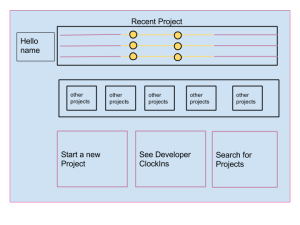
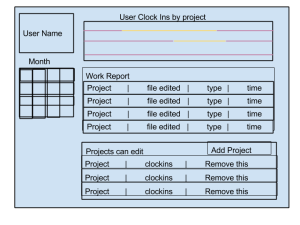
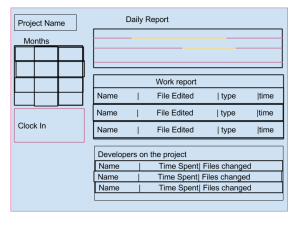
FlowChart
For Flow Charting This is what I’m Looking At
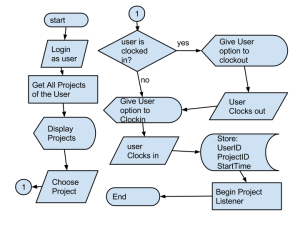
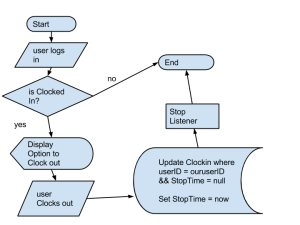
Objects
User
-ID-Integer (Auto Increment)
-Projects they can edit-Array[ProjectID] (If a project is deleted, this needs to be updated)
Project
-ID-Integer (Auto Increment)
-String-Path/URL/Location to start listener (must be real)
ClockIn
-ID-Integer (Auto Increment)
-User-UserID
-Project-ProjectID
-StartTime-Date
-EndTime-Date
Work
-Id-Integer(Auto Increment)
-Clockin-ClockIn ID (Dependent, if its Clockin is deleted, its deleted)
-Time-Date
-Type-Create, Save, Delete (Research may also be included)
Technology
Now this is all pretty straight forward, lets take a look at what technology we want to use
- User-Whatevers convenient, Preferably WordPress considering that’s my cms
- Project-Github Github and Github
-Github is the standard of version control. As a Result, we want people to use good things, the best of things in addition to user our clockin service.
- ClockIn
-This is something I realized is a bit of an issue. I can have hundreds of Clockins which isn’t necessarilly a problem. But what Is a problem is when I lose my data when my server goes down. Or even when I transfer servers like I’m doing now. Though I don’t want to use a third party service I fear I may have to.
I generally like to use technologies I will most likely use later so…
So I have 3 choices…
- Google Spreadsheets
- MongoDB
- Google Calander
- Work
-Though My old system was based off of the servers file system, the system I want to create is more likely to be based off of Github. As such I need to be able to grab from github whatever they do. That means pull requests, pushes, etc. I need to tell my people, push often 😉
So…
User-GIthub
Project-Github
Clockin-Google Calander for now (as it is the most reusable technology)
Work-Github




